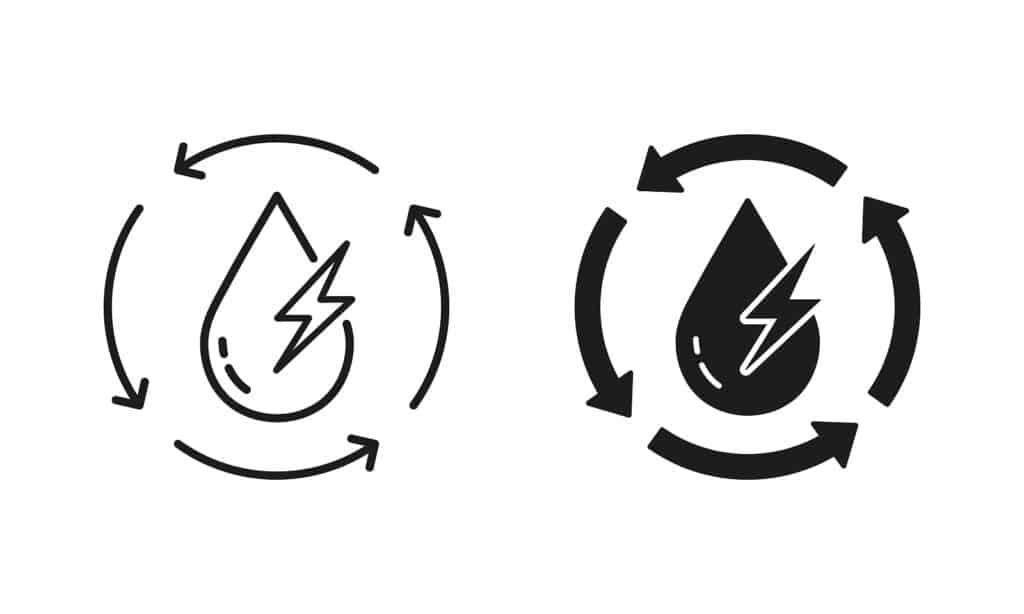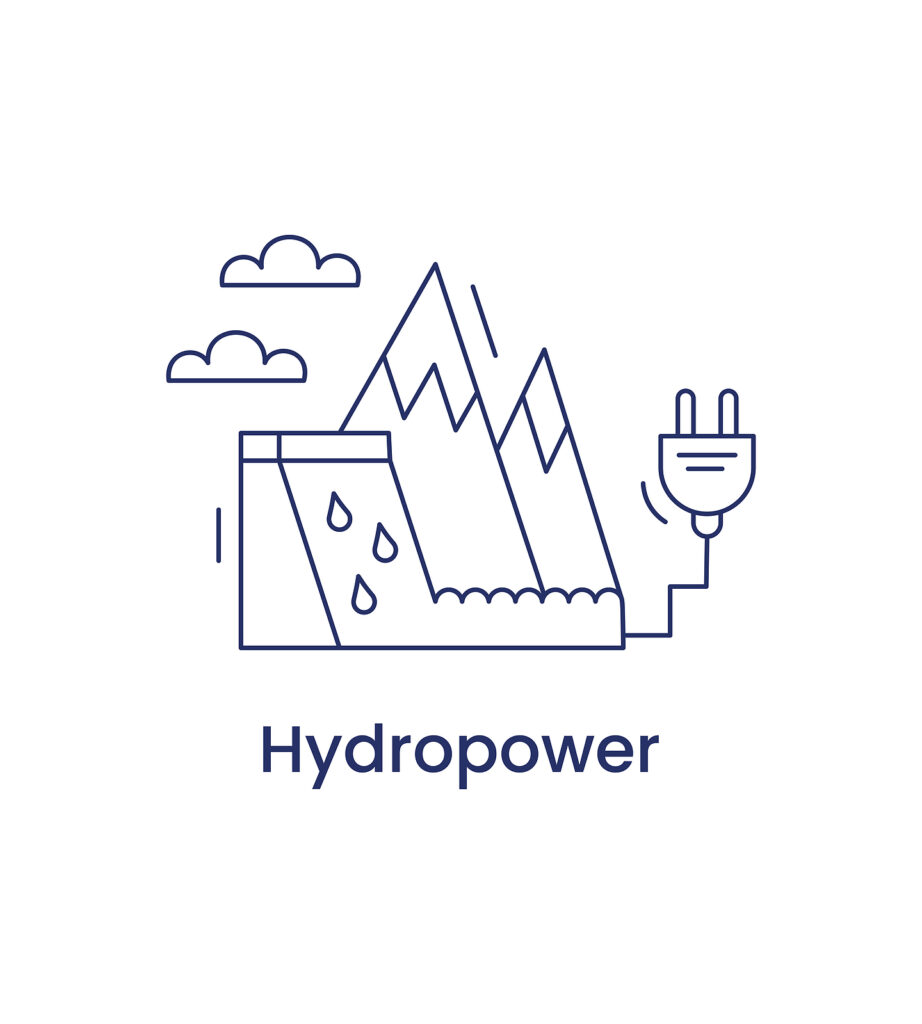Chyandi Hydropower: The Future of Energy in Nepal
Nepal is a country with abundant water resources and has a significant potential to generate hydropower. With its unique geographic position, the country has a tremendous opportunity to harness the power of its rivers and streams for energy production. The hydropower sector in Nepal has been growing rapidly, and one of the most promising hydropower projects in the country is the Chyandi Hydropower Project. The project is expected to provide a stable source of energy for Nepal and reduce the country's dependence on imported electricity.
Overview of the Chyandi Hydropower Project:
The Chyandi Hydropower Project is a run-of-the-river type hydropower project located in the Kaski district of Nepal. The project is being developed by Chyandi Power Company, a subsidiary of Nepal Water and Energy Development Company. The project has a total installed capacity of 30 MW and is expected to generate 157.1 GWh of electricity annually.
The project involves the construction of a dam, headrace tunnel, surge tank, and powerhouse. The dam will be built on the Seti River and will create a reservoir with a capacity of 1.7 million cubic meters. The water from the reservoir will be diverted to the powerhouse through a headrace tunnel and surge tank. The powerhouse will be equipped with three Francis turbines, each with a capacity of 10 MW.
The project is expected to cost around USD 70 million, and the construction is expected to be completed by 2024.
Potential Benefits of the Chyandi Hydropower Project:

Nepal is heavily dependent on imported electricity to meet its energy needs. The country faces frequent power outages, and the cost of electricity is high. The Chyandi Hydropower Project has the potential to address these issues and provide a stable source of energy for the country.
According to the Nepal Electricity Authority (NEA), the demand for electricity in Nepal is growing at an annual rate of 10%. The Chyandi Hydropower Project, with its 30 MW capacity, can help meet this growing demand and reduce the country's reliance on imported electricity.
Moreover, the project will also create job opportunities and boost the local economy. The construction of the project will provide employment opportunities for the local people, and the revenue generated from the project will be used for the development of the local community.
Potential Challenges of the Chyandi Hydropower Project:
Despite the potential benefits, the Chyandi Hydropower Project faces several challenges. One of the major challenges is the social and environmental impact of the project. The project involves the construction of a dam, which can displace people living in the project area. The construction of the project can also have an adverse impact on the environment, including the ecology of the river and the surrounding area.
To address these challenges, the Chyandi Power Company has conducted several studies to assess the social and environmental impact of the project. The company has also engaged with the local community and other stakeholders to ensure that their concerns are addressed.
Another challenge is the funding of the project. The project is expected to cost around USD 70 million, and the company has been exploring various financing options, including debt financing and equity investment.
Socio-Economic Impact of the Chyandi Hydropower Project:

The Chyandi Hydropower Project has the potential to create significant socio-economic impacts in the project area. The project is expected to provide direct and indirect employment opportunities for the local people. The construction of the project will require a significant amount of labor, and the project will also create job opportunities for the operation and maintenance of the project.
Moreover, the project will also generate revenue for the local government and contribute to
the development of the local economy. The revenue generated from the project will be used for the development of the local community, including the construction of schools, health clinics, and other infrastructure projects.
The project will also have a positive impact on the energy sector in Nepal. The Chyandi Hydropower Project will provide a stable source of energy and reduce the country's dependence on imported electricity. This will help to stabilize the energy prices and ensure a reliable energy supply for the country.
Environmental Impact of the Chyandi Hydropower Project:
The Chyandi Hydropower Project involves the construction of a dam, which can have a significant impact on the environment, including the ecology of the river and the surrounding area. The construction of the dam can result in the displacement of people living in the project area and can also affect the livelihoods of the local community.
To mitigate the environmental impact of the project, the Chyandi Power Company has conducted several studies to assess the environmental impact of the project. The company has also engaged with the local community and other stakeholders to ensure that their concerns are addressed.
The company has also adopted several measures to minimize the environmental impact of the project. For example, the company has implemented a sediment management plan to reduce the amount of sediment that is transported downstream. The company has also established a biodiversity management plan to preserve the local flora and fauna.
Conclusion:
The Chyandi Hydropower Project has the potential to provide a stable source of energy for Nepal and reduce the country's dependence on imported electricity. The project will also create job opportunities and boost the local economy. However, the project also faces several challenges, including the social and environmental impact of the project and the funding of the project.
Despite the challenges, the Chyandi Power Company is committed to the development of the project and has been working towards addressing the concerns of the local community and other stakeholders. With the successful completion of the Chyandi Hydropower Project, Nepal can make significant progress toward achieving energy security and promoting sustainable economic growth.
Sources:
“Chyandi Hydropower Project.” Nepal Water and Energy Development Company. https://www.nwedc.com.np/project/chyandi-hydropower-project
“Hydropower Development in Nepal: Status, Potential and Challenges.” International Journal of Energy Economics and Policy. http://www.econjournals.com/index.php/ijeep/article/view/4305

